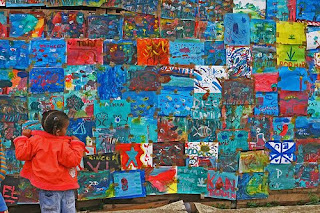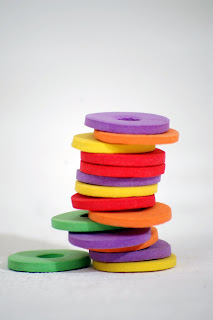 Have you noticed recently that more dogs are wearing clothes? So, it was only a matter of time until animals became artists. Yes, Congo the chimp was famous in the 1950s for his paintings – Picasso even owned one. But recently, other types of animals from turtles to elephants are dabbling in the arts and painting.
Have you noticed recently that more dogs are wearing clothes? So, it was only a matter of time until animals became artists. Yes, Congo the chimp was famous in the 1950s for his paintings – Picasso even owned one. But recently, other types of animals from turtles to elephants are dabbling in the arts and painting.
Even horses are getting in on this latest art movement! Buddy, the painting pony was trained to grip a paintbrush in his mouth and later using non-toxic paints created abstract works on canvas. Now, he throws the brush on the ground and gravel and dirt end up on the canvas creating mixed-media works. Sadly, Buddy also suffers from a hormonal disorder so profits from his paintings are used for his treatment as well as donated to further research on the disorder.
Can animals be creative? Is art defined by intent or what is produced? All of these animal artists, as expressed through their human companions, are believed to be enjoying the process of creating and and even look forward to the next opportunity to paint.
Image Courtesy of the Asian Elephant Art and Conservation Project
 Celebrated on February 17, the third annual World Community Arts Day is a festival of art and activism. This year’s celebration will be the largest so far. All event organizers ask is that you create an artwork, any media is fine, that highlights how the arts promote caring and sharing.
Celebrated on February 17, the third annual World Community Arts Day is a festival of art and activism. This year’s celebration will be the largest so far. All event organizers ask is that you create an artwork, any media is fine, that highlights how the arts promote caring and sharing.





